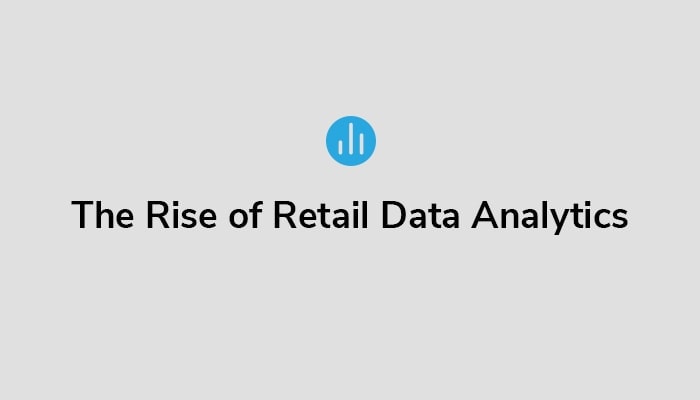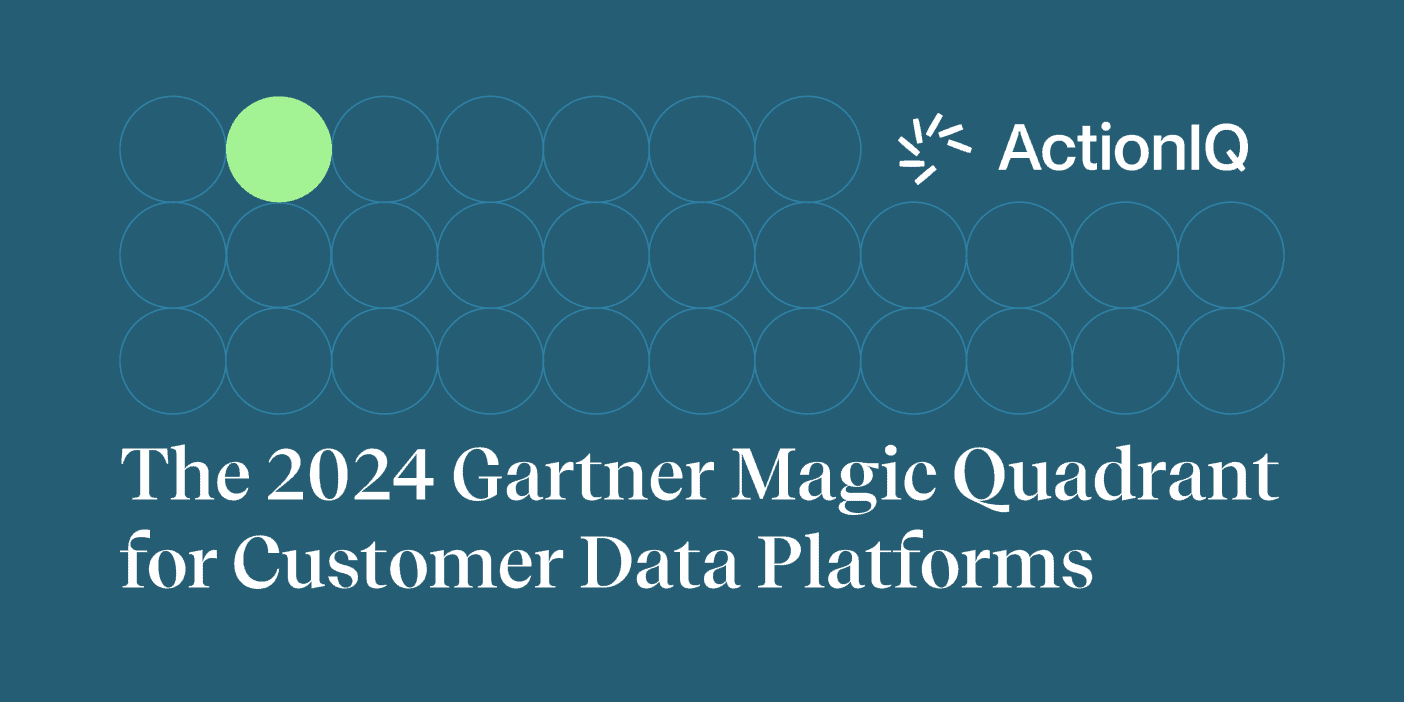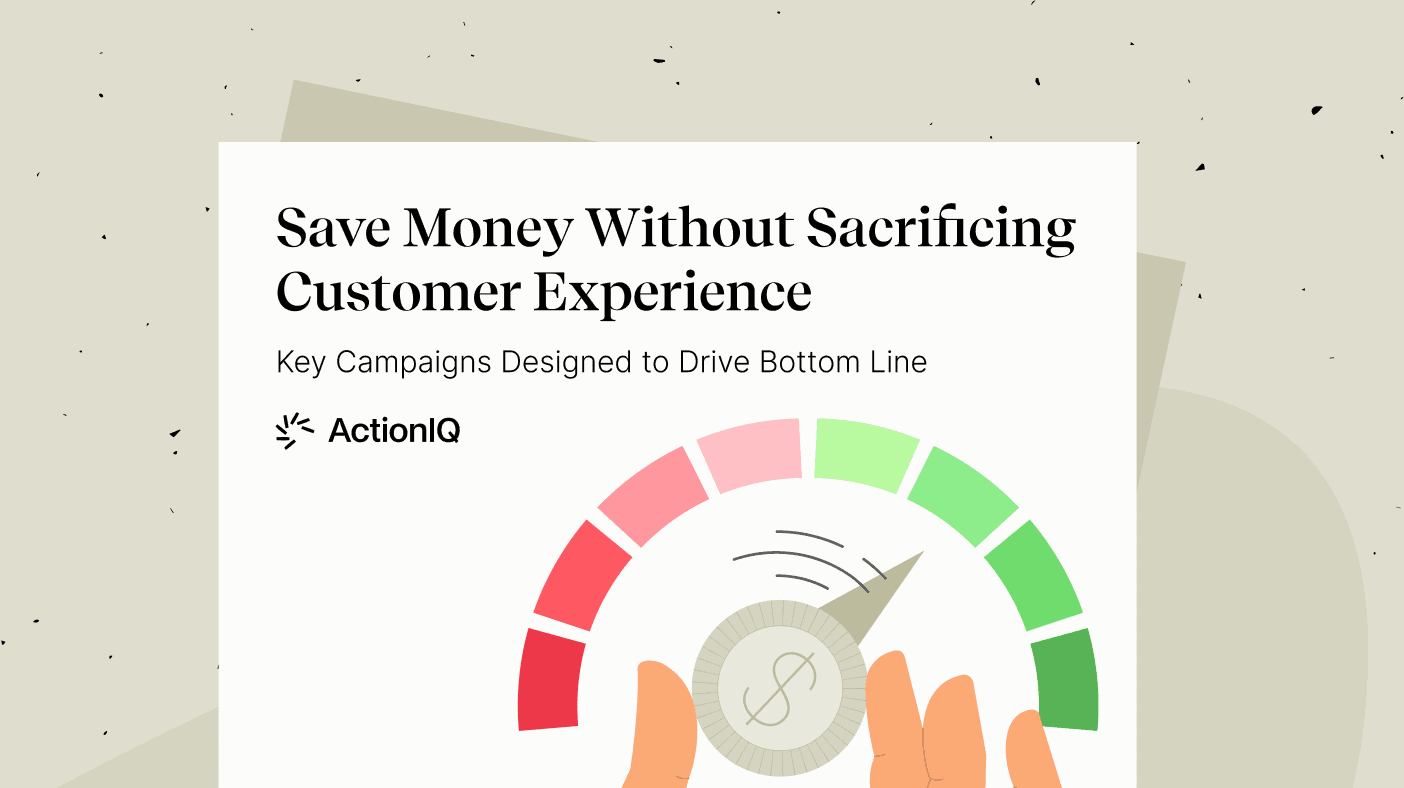Leverage Data-Driven Retail Analytics

Given the growth of e-commerce, the retail industry has plenty of data to leverage, brands just don’t have the right resources and tools in place to leverage that data effectively.
The Personalization Imperative
Long before there were microchips or retail analytics software, there were store owners who tracked retail sales, inventory and customer behavior. A retailer would then use that information for demand forecasting to optimize their business decisions and increase customer satisfaction — what products to stock and when and how best to market them to their retail customers. These methods may seem quaint today, but they were a very effective form of business intelligence for increasing sales and boosting competitive advantage in the retail industry.
Of course, these days, retailers have exponentially greater amounts of data. In addition to highly granular information about inventory and sales transactions, they possess literally millions, sometimes billions, of data points about their customers in the age of mobile and social media.
In short, they have all the historical data they need to power big data analytics to craft highly personalized customer journeys. And innovative brands are already using customer analytics and retail sales data to craft highly personalized customer journeys based on those customer insights.
And a great deal is at stake. According to McKinsey analysts, the value of personalization is expected to reach somewhere between $1.7 and $3 trillion. Much of that value will be captured over the next two years, McKinsey predicts. Needless to say, that also means that brands that fail to act decisively will face serious risks.
Yet many of today’s retail businesses still struggle to leverage their customer data. Creating a truly data-driven customer journey is a slow, cumbersome and costly process. Fortunately, there are now better, faster ways for brands to catch up and regain competitive advantage thanks to a new approach that Gartner has dubbed smart hubs (i.e. CDPs). With that in mind, let’s consider the following:
- Barriers to making customer data actionable
- The disappearance of third-party customer data
- The critical capabilities of modern retail data analytics
- Why partial solutions are not enough
- How smart hubs address the challenges holistically and drive value across the entire customer lifecycle.
Data Collection is Not Nearly Enough
Most brands have data collection down. Systems automatically collect purchase transactions, web browsing behavior, interactions with mobile apps or social media, responses to email campaigns and much more. But petabytes of customer data have little or no value until you can turn them into an actionable insight to then use to formulate a data-driven retail strategy.
Until recently, most brands tried to solve this problem by investing in enterprise warehouses and/or big data lakes that could gather customer data in one place. However, jamming all that data into a single, rigid system only puts off the problem.
Here’s why. Businesses in the retail market tend to use multiple siloed customer analytics systems, each of which stores and organizes data in its own unique way. Traditionally, marketers — the people who really understand both their shoppers and the business — have not had access to that data or been given the proper analytics tools able to combine retailer historical data it in creative ways to discover patterns and opportunities. That left them reliant on IT and retail analytics experts to unify and connect all those different types of customer data for them.
In an attempt to wrestle this problem to the ground, retailers sometimes invested lots of money and time (often a year or more) architecting enterprise warehouses to organize big data in a way that was usable to marketers. Yet by the time the enterprise warehouse had been built and all relevant data had been laboriously cleansed, the entire solution had already started to become obsolete.
For example, it could not handle the data produced by new marketing channels and other systems that came online in the meantime. And in the digital age, the entire retail industry is undergoing change at an extraordinarily fast pace. And so the analytics solution of new retail analytics software, as built, often did not support the advanced analytics necessary to keep up with the constant changes of the retail sector.
And so today, many retailers, including Fortune 500 brands, still find themselves struggling to unify siloed data and make actionable insights. Of course, larger retail businesses may be able to afford the IT and advanced analytics expertise to support retail automation. However, marketers must wait in queues for those scarce, expensive data analytics resources. By the time marketers actually have the customer insights they need, the opportunity they were chasing in the first place has already disappeared into the past.
As a result, marketers have been forced to make due with only a small subset set of the customer data they actually possess. And so they end up relying on old-fashioned, increasingly ineffective strategies, including:
- “Batch-and-blast” messaging:Sending the same message at the same time via the same channel to a wide swathe of customers, like generic “our bestsellers” and “new this season” messages.
- Shallow, one-dimensional personalization:Messaging that relies on only a single behavior (e.g., retargeting messages that suggest a product based solely on a product page someone has browsed or an ad they have clicked).
Third-Party Customer Insights Are Disappearing
In addition to these challenges, marketers are also losing access to a critical tool that, for decades, helped them understand consumer behavior and target retail customers with messages accordingly: cookies and other third-party data.
With the advent of strict new regulations like the European Union’s General Data Protection Regulation (GDPR) and the California Consumer Privacy Act (CCPA), the availability of third-party customer data is declining rapidly.
More recently, Google has independently decided to block third-party cookies in its Chrome browser, which is likely to have “major competitive impacts for digital businesses, consumer services and technological innovation,” according to Dan Jaffe, group EVP of government relations at the Association of National Advertisers.
What does this mean for the retail sector and data analytics? Today’s retailers must squeeze as much insight out of their first-party data as possible. The good news is, brands have huge amounts of rich data thanks to the historical data collected through the supply chain,POS systems, social media, retail sales and more. And that data is generally of significantly higher quality than the third-party type, since you know the data firsthand and can ensure its accuracy.
And there is even more good news. The number of ways to use first-party data is limited only by marketers’ imaginations. After being forced for so long to make due with only a tiny percentage of that data, your retail business can now extract value much more quickly and easily than ever before.
Foundational Capabilities of Retail Data Analytics
So what does it take to turn all that data into an actionable insight? Yes, you need smart, dedicated marketers. You also need as much historical and streaming or real-time data as possible. And of course you need business intelligence and predictive analytics, up to and including artificial intelligence (AI) and machine learning (ML) solutions.
But then, you could end up with great customer insights that end up sitting on the shelf unused. Why? Because marketers have no way to deploy those insights at speed or at scale in actual campaigns. Every marketer in the retail market knows this phenomenon firsthand.
So, let’s consider for a moment all of the capabilities that you need to overcome these challenges:
- Unified customer data. In addition to demographic information, personalization requires streaming and/or real-time data as well as offline (in-store) behaviors, including retail sales data and other transactions. Specifically, you must be able to append each of these granular “events” to a single, unified customer profile. In addition, you must be able to match up known customers with anonymous users associated with email addresses, cookies, etc.
- Self-service, interactive data access for business users. Ideally, you want marketers to have as much direct access to customer data as possible. That means giving them an intuitive interface they can use to access data, combine datasets in creative ways, build and validate lists, etc. This, of course, requires that the underlying data infrastructure be organized and presented in the way marketers think and act.
- Predictive analytics, including AI/ML. With all that data unified and organized in the way marketers actually think, you can then go beyond traditional business intelligence tools to power sophisticated predictive analytics. For example, AI/ML can discover insights marketers would never have thought to look for — and can do so on the full spectrum of all that powerful, granular data. A smart recommendation engine uses intuitive machine learning techniques to deliver advanced analytics to your retail operation, saving you time. However, it is also critical that the resulting “customer scores” be ingested instantly and seamlessly into unified customer profiles. Only then do those customer insights become immediately available to marketers.
- Omnichannel orchestration. From email, social media, mobile and website messaging to in-store clienteling, you need a way to seamlessly connect all those customer insights to orchestrate truly cross-channel customer journeys, including the ability to turn insights into highly relevant, personalized messages in as close to real time as possible. That is how you demonstrate to consumers that you know them and that you are willing and able to help them along their customer journey with your brand. In this way, you don’t just increase sales one time, but cultivate customer satisfaction and loyalty over the long term.
Partial Solutions Are Not Enough
Again, it is important to emphasize the fact that you don’t just need all four capabilities. You also need to be able to connect your business analytics, analytics tools and actionable insights as seamlessly as possible. That is how you can really personalize the customer experience at speed and scale.
There are currently many technologies and analytics tools in on the retail market specifically designed to provide one or more of these capabilities. Yet many of them fall short of connecting the entire, end-to-end process. Let’s consider a few such retail data analysis technologies:
- Customer data infrastructure solutions (CDIs). Using prebuilt data connectors, CDIs gather and share data from across point channel solutions (i.e. email, web, call centers, etc.). Essentially, they are pipes that get data from one place and move it to another place. However, they have limited capacity to store, process or analyze that data. They are also largely built for technical rather than business users and do not provide interactive data access to marketers.
- Data management platforms(DMPs). DMPs were designed to manage anonymous profiles and enrich those profiles with third-party datasets so that marketers could better target both paid advertising and their own web content. However, increasing regulation of third-party data, as well as the gradual disappearance of cookies, has made DMPs increasingly less valuable over time.
- Marketing clouds (MCs). The industry-leading MCs bring together multiple channel solutions and provide orchestration capabilities. However, they are largely made up of point solutions acquired through acquisition. While they are promising to add the “smart-hub” capabilities of a CDP to their list of offerings, even leading MCs still are burdened by some or all of the following limitations:
- Disconnected data. The underlying data of each channel often requires unification that the MC itself does not provide. As a result, you need extensive IT or consulting resources to stitch all your cross-channel data together.
- Lack of marketing self-service. MCs have traditionally lacked a business-friendly way for marketers to interact with the underlying customer data.
- Lack of agility. MCs have the limitations of a “walled garden” approach, which means you cannot deploy best-of-breed solutions from other providers without risking the fragmentation of both data and as well as execution across all channels.
Power Modern Retail Data Analytics With Smart Hubs
As we have just seen, each of these analytics solutions lack the ability to seamlessly connect all four critical capabilities required for personalization at scale. It is no surprise that the market for CDPs — specifically designed to unify all four capabilities — has grown dramatically, with sales expected to rise from $900 million in 2018 to more than $3 billion by 2023, according to Research and Markets.
After all, a CDP does not just help you create better one-off campaigns. They provide the foundation to drive value across the entire customer lifecycle, including:
- Acquisition. When you really understand your retail business’s current best customers and their behaviors, you can specifically target consumers who share the same key set of traits and habits. This information can come from a POS system, acquired business analytics system, data from your supply chain and other acquired retail analytics software.
- Activation. For many brands in the retail sector these days, acquisition just means getting a customer to share an email address or credit card number. However, you are much more likely to win their business if you can personalize messages based on the valuable information you have just collected about them during the acquisition process (e.g., demographic information, pages browsed, carts abandoned, etc.).
- Repeat purchase. According to the so-called Pareto principle, around 80% of customers remain one-time buyers while only 20% become repeat buyers. By leveraging the data and insights gathered during a customer’s initial purchase (e.g., price point, product category, seasonality, whether the purchase was a gift, etc.), you can craft much more effective messages to drive that key second purchase.
- Grow lifetime value. To grow LTCV, you need to expand your relationship with customers to include new products, product lines and categories. It is much easier to do this when you have insights into your holistic relationship with customers — and when you can send messages that, for example, have been effective with current high-LTCV shoppers who share the same set of critical traits.
Retention. While retention for a subscription service is different from a more traditional retail brand, all brands still need to measure and manage churn risk. And out-of-the-box churn risk models just don’t cut it. You need to build business analytics algorithms that grow out a holistic view of at-risk customers so that you can craft enticing offers that will keep them coming back.





